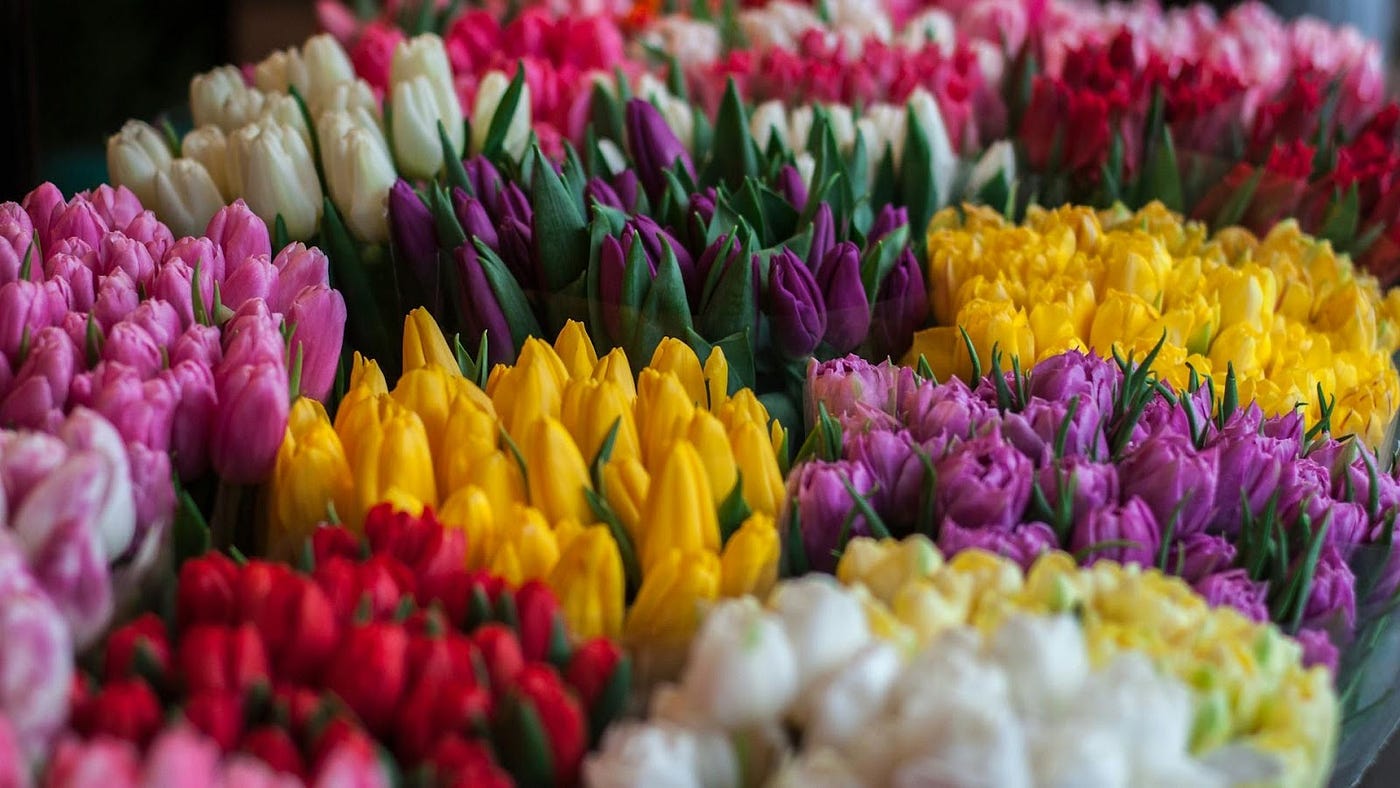Written by Kana Kaddoura
Edited by CHIQIO
Keywords: olfactory imagery, smell and memory, creative expression, sensory experience, fragrance
Meta description: Explore the art of olfactory imagery and its emotional power in literature and art. Learn techniques to enhance your creative expression through the vivid experience of scent.
In the rich tapestry of human perception, the sense of smell occupies a distinct and prominent position. Smell, often regarded as the most emotionally resonant of the five senses, can activate memories and arouse deeply buried sentiments that sight and sound cannot match. Fragrances can transport us to certain times and locations, evoking vivid memories and emotional responses. This phenomenon, known as olfactory memory, is important in literature, art, and emotional expression, resulting in olfactory imagery. For instance, in Marcel Proust’s ‘In Search of Lost Time, ‘the narrator’s memories are triggered by the smell of a madeleine, and in the art of perfumery, scents are often described in terms of their ability to evoke specific emotions or memories.
Understanding Olfactory Imagery
Olfactory imaging is creating fragrances in the mind without using a physical source. Just as a painter utilizes colours and shapes to create visual art, a writer or artist uses words and thoughts to produce smells that stay in the mind’s eye — or rather, the mind’s nose; this imaginative activity draws on our memories and emotions, allowing us to create a sensory experience that is almost tangible. For example, a writer might describe the smell of a rose as ‘sweet and delicate, with a hint of earthiness ‘, and the reader’s mind would conjure up the scent based on this description.
The Science of Smell and Memory
The relationship between smell and memory is based on brain structure. The olfactory bulb, which processes scents, is directly connected to the limbic system, which regulates emotions and memories. This intimate association explains why smelling a familiar fragrance can instantaneously trigger a flood of memories and emotions. For example, freshly baked bread may transport you back to your grandmother’s kitchen, while the aroma of pine needles may remind you of a favourite childhood Christmas.
Creating Olfactory Experiences in Literature
Olfactory imagery has long been recognized as powerful by authors and poets alike. By carefully using descriptive language, artists can generate odours that enrich the reader’s experience and intensify the emotional effect of their work. Here are some strategies for producing vivid olfactory imagery in writing:
1. Specificity:
Use precise smell descriptors instead of broad phrases. Instead of expressing something “smells nice,” it has “the sweet, floral aroma of blooming jasmine.”
2. Associations:
Associate the scent with emotions or memories. For example, “the musty smell of old books reminded her of quiet afternoons spent in the library.”
3. Sensorial Integration:
Combine olfactory imagery with other senses to enhance the immersive experience. For example, “the salty sea breeze carried the scent of kelp and the sound of crashing waves.”
Olfactory Images in Art
Visual artists and perfumers also experiment with olfactory imagery. Artists may depict scenes that evoke distinct scents, such as a picture of a blossoming rose garden or a bustling spice market. On the other hand, perfumers create perfumes that convey stories and elicit specific moods, allowing users to engage in a narrative through aroma.
Personal Practice: Developing Your Olfactory Imagination
Developing your olfactory imagination can improve your creative expression and sensory experiences. Here are a few techniques to help you improve this skill:
1. Mindful Scent Exploration:
Spend some time deliberately smelling various scents. Concentrate on the intricacies and attempt to describe them in detail. What feelings or memories are they evoking?
2. Scent journaling:
Keep a journal of your smell experiences. Write about the fragrances you experience daily, from your morning coffee to the evening wind, and note any recollections or memories they evoke.
3. Creative exercises:
Participate in creative exercises that mix fragrance and imagination. For example, you may compose a short tale based on a perfume memory or make visual art inspired by a favourite fragrance.
Conclusion
Olfactory imagery is a powerful tool in the artist’s and writer’s arsenal, evoking deep emotional responses and enriching sensory experiences. By understanding the connection between smell and memory and practicing techniques to enhance our olfactory imagination, we can create vivid, evocative works that linger in the mind’s nose long after the words have been read or the image is seen.
Incorporating the art of olfactory imagery into our creative practice allows us to tap into the rich, emotional landscape of scent, offering a unique and profound way to connect with our audience. So, take a deep breath, close your eyes, and let your mind’s nose guide you into a world of aromatic wonder.




 No products in the cart.
No products in the cart.